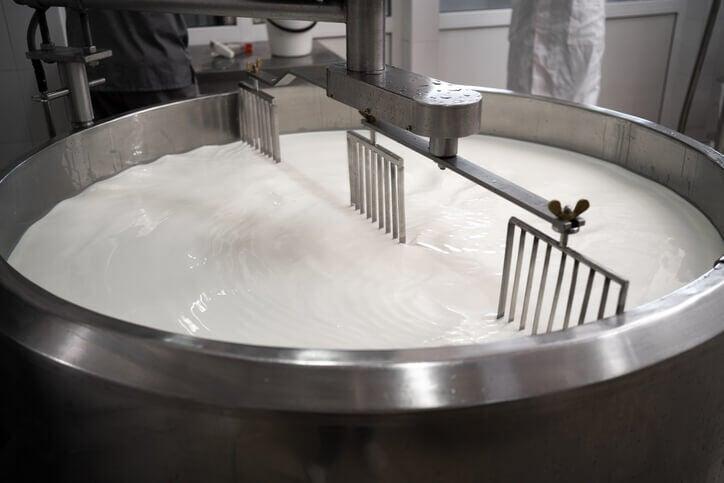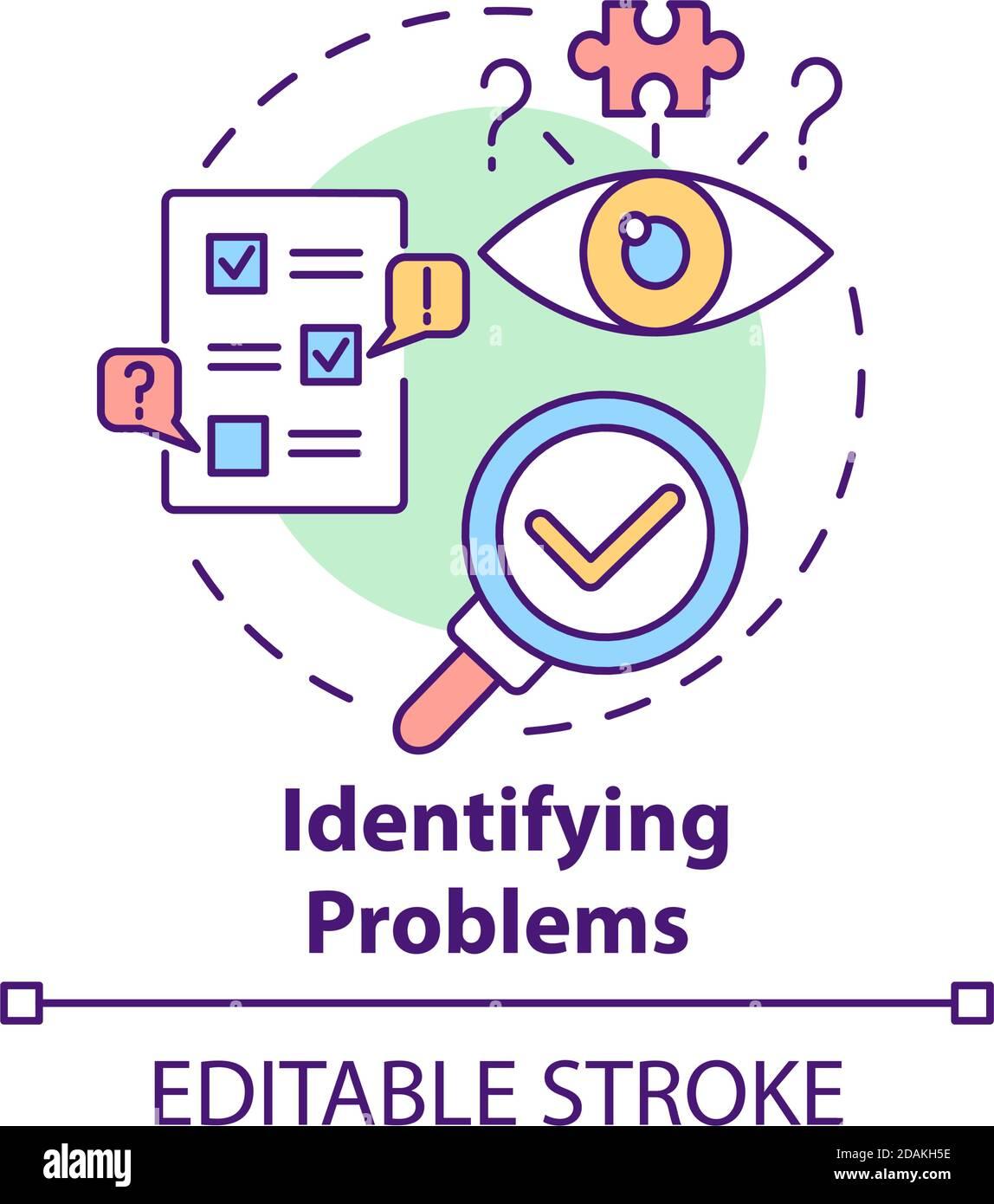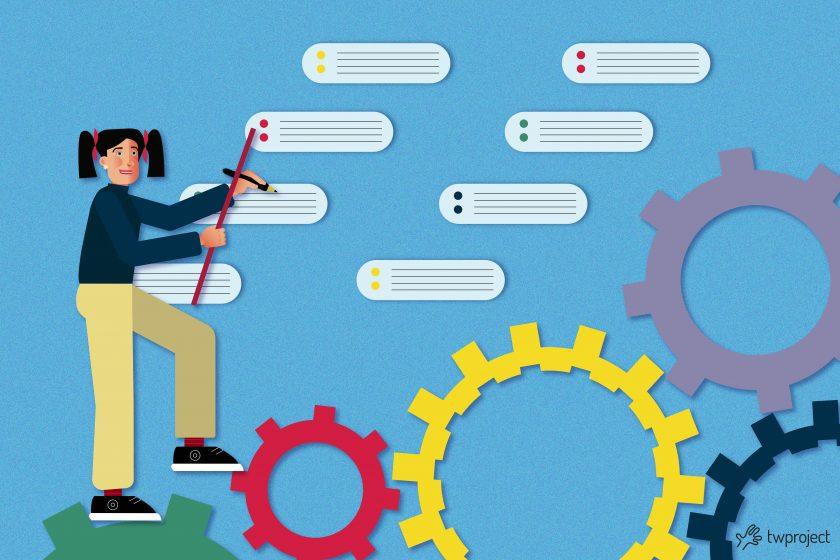In the world of food and beverage processing, the pasteurization line stands as a critical guardian of safety and quality, transforming raw ingredients into consumable products. However, beneath the surface of this essential operation lies a potential pitfall: production bottlenecks. These unseen constrictions can disrupt even the most meticulously planned processes, leading to inefficiencies that ripple through the entire production chain. In this article, we will explore the intricate dynamics of pasteurization lines, unveiling the common challenges that lead to bottlenecks and examining innovative strategies to detect and resolve them. By understanding the nuances of these processes, manufacturers can enhance their operational efficiency, ensuring that quality remains uncompromised while meeting the demands of an ever-evolving market. join us as we delve into the heart of pasteurization, where precision and performance must harmoniously coexist.
Understanding the Dynamics of Pasteurization Lines
In the quest for optimal efficiency in pasteurization processes, understanding the intricate dynamics of the pasteurization line is crucial. various components work in unison to ensure that products are heated to a temperature that effectively eliminates harmful microorganisms while preserving quality.A few key factors that influence the performance of these lines include:
- Flow Rate: The speed at which liquids move through the system can greatly impact heating efficiency.
- Temperature Control: Precise temperature monitoring is essential to maintain safety standards.
- Maintenance Scheduling: Regular equipment maintenance prevents unexpected downtimes.
To grasp where bottlenecks may arise,it’s beneficial to analyze data collected from various stages of the pasteurization process. Common monitoring metrics can be set up for real-time analysis, encompassing aspects such as:
| Parameter | Target Values | Current Values |
|---|---|---|
| Flow Rate (L/min) | 200 | 180 |
| Temperature (°C) | 75 | 70 |
| Downtime (hours/week) | 1 | 3 |
By continually assessing these parameters, operators can pinpoint where inefficiencies lie, enabling timely interventions that can make important improvements to the overall pasteurization line functionality. Employing real-time data visualization tools can enhance this process, giving operators the insights they need to act swiftly and effectively.
Identifying Common Production Bottlenecks
In the realm of pasteurization, the identification of bottlenecks is essential for optimizing production efficiency. Commonly, these bottlenecks stem from various sources, including issues related to equipment maintenance, process flow design, and employee training. Monitoring performance metrics such as throughput rates, downtime incidents, and response times can definitely help illuminate areas where production may slow down. These key indicators can easily be tracked using automated systems or regular manual audits, offering a clear view of where improvements can be made.
Another factor contributing to bottlenecks involves the interaction between different stages of the pasteurization process. A misalignment in timing or output between components, like feed pumps, heat exchangers, and cooling systems, can cause significant delays. Implementing a systematic approach to analyze flow rates and adjusting the scheduling of machine cycles may alleviate these conflicts. Below is a simplified summary of potential bottleneck triggers and the corresponding solutions:
| bottleneck Trigger | Possible Solution |
|---|---|
| Equipment Failures | Scheduled Maintenance |
| Insufficient Employee Training | Regular Training sessions |
| Poor Flow Design | process Re-engineering |
| Inconsistent Input Quality | Quality Control Protocols |
Implementing Effective Monitoring Techniques
To effectively uncover production bottlenecks in pasteurization lines, its essential to implement a suite of monitoring techniques tailored to the unique dynamics of the operation. Utilizing real-time data tracking systems can provide insight into various stages of the pasteurization process, allowing operators to identify anomalies or interruptions promptly. Consider integrating the following tools for enhanced visibility:
- Automated temperature and pressure sensors that continuously log data.
- Flow rate monitors that assess the throughput of products.
- Integrated alarm systems to alert staff of deviations from set parameters.
- Visual dashboard displays summarizing key performance indicators (kpis) in real time.
Additionally,establishing a systematic approach to data analysis can reveal patterns that might not be immediately visible. By consolidating production data with past performance metrics, operators can better understand the underlying factors contributing to delays. This can include:
| Analysis Method | Benefits |
|---|---|
| Root Cause Analysis | Identifies specific issues leading to bottlenecks. |
| Trend Analysis | Highlights recurring problems for proactive solutions. |
| Comparative Analysis | Benchmarking against industry standards for performance. |
Strategies for Optimizing Throughput and Efficiency
Optimizing throughput and efficiency in pasteurization lines begins with a thorough analysis of the production process.Employing advanced data analytics and real-time monitoring systems can significantly enhance visibility into operational performance. Key strategies include:
- Implementing Predictive Maintenance: By utilizing IoT sensors, facilities can anticipate equipment failures and schedule maintenance proactively, minimizing downtime.
- Analyzing Process Flow: Mapping out the entire pasteurization process helps identify unnecessary steps or delays, allowing for streamlined workflows.
- Training Staff: Regular training sessions ensure that operators are skilled in using equipment efficiently, which can dramatically improve throughput.
In addition to the above strategies, deploying smart automation technologies can further bolster efficiency. As an example, automating the loading and unloading processes can reduce manual handling and increase alignment with production schedules. A speedy reference table outlining the key metrics to monitor during pasteurization can help track performance effectively:
| Metric | target Value | Optimal Range |
|---|---|---|
| Temperature | 72°C | 70-75°C |
| Time | 15 sec | 10-20 sec |
| Pressure | 35 psi | 30-40 psi |
By consistently evaluating these metrics, operators can quickly detect deviations that may signal potential bottlenecks, thus taking corrective action before they escalate into larger issues. Adopting a culture of continuous improvement can also foster innovation and drive performance, ensuring that pasteurization lines run with optimal productivity.
In Summary
identifying production bottlenecks in pasteurization lines is not merely a technical necessity; it’s a strategic imperative that can lead to significant improvements in efficiency and product quality. As we’ve explored, employing a combination of data analysis, real-time monitoring, and process optimization techniques can illuminate hidden inefficiencies and empower operators to make informed decisions. By embracing these practices, companies can streamline their operations, reduce downtime, and ultimately enhance their bottom line.As the industry continues to evolve, staying one step ahead of potential bottlenecks will be key to maintaining competitiveness and ensuring the highest standards of food safety and quality. Thus, the quest for optimization in pasteurization is an ongoing journey, one where every tiny improvement contributes to the overall success of the production process. Embrace the challenge, and let the search for efficiency pave the way for innovation and growth in your pasteurization endeavors.





















